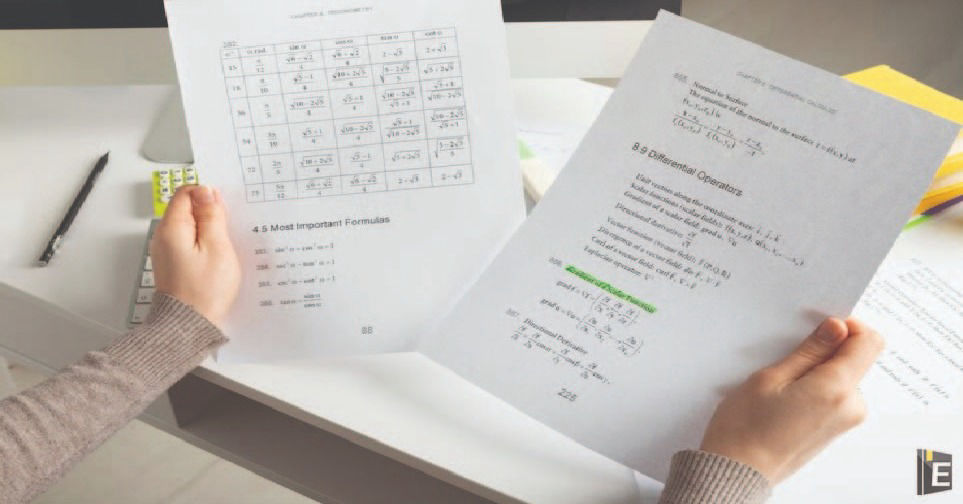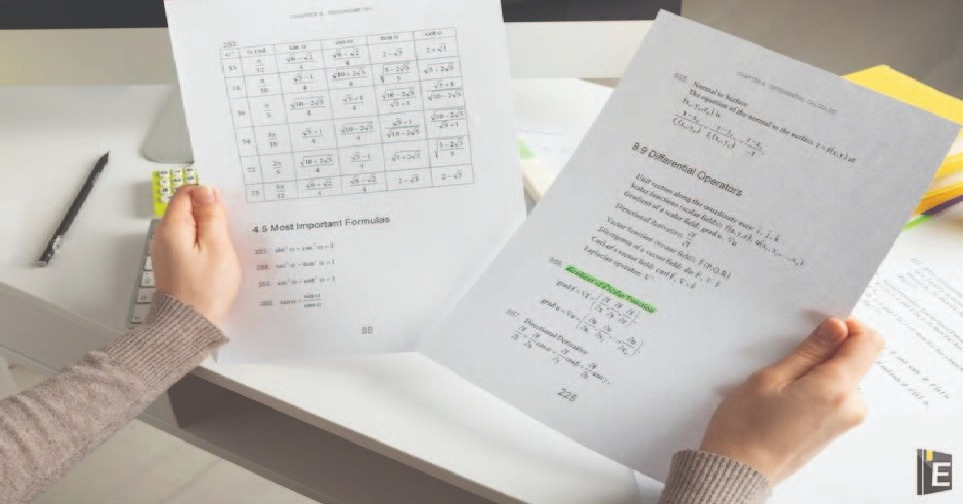


Welcome to our General Math Questions for Bank Exams blog! Here, we delve into the essential math concepts crucial for excelling in bank exams. From arithmetic to algebra, geometry to data interpretation, we've got you covered. Our concise explanations, accompanied by practice problems, aim to sharpen your mathematical skills and boost your confidence for tackling any quantitative section with ease. Stay tuned for regular updates and ace those bank exams with flying colours!
In this article General Math Questions for Bank Exams, we are sharing the most important questions of General Math related to Arithmetic, Number System, Profit and Loss, Time and Distance, HCF and LCM etc under Aptitude section for those learners who are preparing for upcoming competitive and government exams.
Also, Read Latest Current Affairs Questions 2023: Current Affairs Today
Test your knowledge and stay ahead with our General Knowledge Mock Test and Current Affairs Mock Test– a perfect way to challenge yourself and stay updated!
Q : A and B can do a piece of work in 72 days. B and C can do it in 120 days. A and C can do it in 90 days. In how many days all three together can do the work ?
(A) 80 days
(B) 100 days
(C) 60 days
(D) 150 days
A is as efficient as B and C together. Working together A and B can complete a work in 36 days and C alone can complete it in 60 days. A and C work together for 10 days. B alone will complete the remaining work in:
(A) 88 days
(B) 110 days
(C) 84 days
(D) 90 days
(E) 40 days
Three pipes A, B can fill the tank in 12, 20 hrs respectively and C can empty the tank in 30 hours. If the pipes are opened alternatively for 1 hour starting with A and drain pipe is kept open all the time. How much time will it take to fill the tank.
(A) 12
(B) 30
(C) 15
(D) 20
(E) None of these
A and B can do a work together in 18 days. A is three times as efficient as B. In how many days can B alone complete the work?
(A) 60 days
(B) 72 days
(C) 54 days
(D) 64 days
Let's denote the work rate of A as "A" and the work rate of B as "B." We know that A is three times as efficient as B, so we can write:
A = 3B
Now, we also know that A and B can do a work together in 18 days. The work rate of A and B combined is the sum of their individual work rates, which can be represented as:
A + B
Since they complete the work in 18 days together, we can write:
(A + B) = 1/18
Now, we want to find how long it would take B alone to complete the work. Let's denote that time as "x" days. The work rate of B alone would be:
B (work rate of B alone) = 1/x
Now, we have two equations:
A = 3B
(A + B) = 1/18
We can substitute the value of A from the first equation into the second equation:
(3B + B) = 1/18
Combine like terms:
4B = 1/18
Now, isolate B by dividing both sides by 4:
B = (1/18) / 4
B = 1/72
So, B's work rate is 1/72 of the work per day. To find how many days B alone can complete the work, take the reciprocal of B's work rate:
x (number of days for B alone) = 1 / (1/72)
x = 72
Therefore, it would take B alone 72 days to complete the work.
A alone can do a piece of work in 15 days, while B alone can do it in 20 days. They work together for 6 days and the rest of the work is done by C in 6 days. If they get Rs 800 for the whole work, how should they divide the money?
(A) Rs. 320, Rs. 240 and Rs. 240
(B) Rs. 640, Rs. 280 and Rs. 260
(C) Rs. 320, Rs. 420 and Rs. 360
(D) Rs. 360, Rs. 420 and Rs. 240
(E) Rs. 320, Rs. 240 and Rs. 720
Let's break down the problem step by step:
Now, let C complete the remaining 3/10 of the work in 6 days. We can calculate C's daily work rate:
C's daily work rate = Work done by C in 6 days / 6 C's daily work rate = (3/10) / 6 C's daily work rate = 1/20 of the work per day.
Now, let's calculate the total amount earned by each worker:
A's share: A worked for 6 days at a rate of 1/15 of the work per day, so he completed (6 * 1/15) = 2/5 of the work. A's share of the money is (2/5) * Rs 800 = Rs 320.
B's share: B worked for 6 days at a rate of 1/20 of the work per day, so he completed (6 * 1/20) = 3/10 of the work. B's share of the money is (3/10) * Rs 800 = Rs 240.
C's share: C worked for 6 days at a rate of 1/20 of the work per day, so he completed (6 * 1/20) = 3/10 of the work. C's share of the money is (3/10) * Rs 800 = Rs 240.
Now, to check if the total amount is correct, you can add up their individual shares:
Rs 320 (A) + Rs 240 (B) + Rs 240 (C) = Rs 800
So, they should divide the money as follows:
The number of mainas and parrots in an aviary is in the ratio of (4x + 5) : 4x. If 25 mainas and 10 parrots are added to the aviary, then, the ratio would change to 5: 3. How many mainas are there in the aviary at initial?
(A) 20
(B) 30
(C) 35
(D) 25
(E) None of these
The cost of printing a book increased from Rs. 96 to Rs. 120 from the year 2013 to 2018, such that the total money spent on printing books by a printing press increased in the ratio 5 ∶ 6. If the printing press printed 200 books in the year 2013, how many books did they print in the year 2018?
(A) 176
(B) 192
(C) 216
(D) 252
(E) 223
There are 240 workers and an amount of Rs. 2880 is to be divided among them. The ratio of total amount received to men and women is 5 : 4 and the ratio of the amount given to each man and each woman is 5 : 8. Find the number of men.
(A) 120
(B) 140
(C) 160
(D) 180
(E) 200
A and B started a business in partnership. The ratio between the investments of A and B was 5: 4. If A invested for 12 months and at the end of the year the ratio of prot was 15: 8, then for how much time B invested?
(A) 8 months
(B) 9 months
(C) 6 months
(D) 10 months
(E) None of these
4 years hence, the ratio of ages A and B will be 5: 7 and 6 years hence, the ratio of ages will be 11: 15, then and their present ages.
(A) 20 years, 26 years
(B) 16 years, 24 years
(C) 18 years, 28 years
(D) 12 years, 18 years
(E) None of these
Get the Examsbook Prep App Today